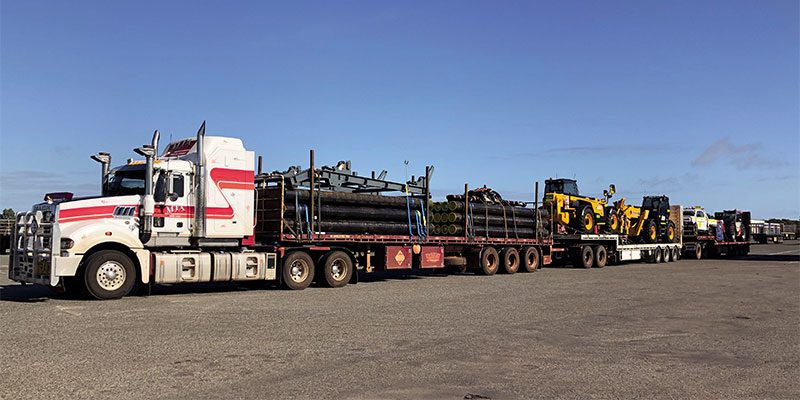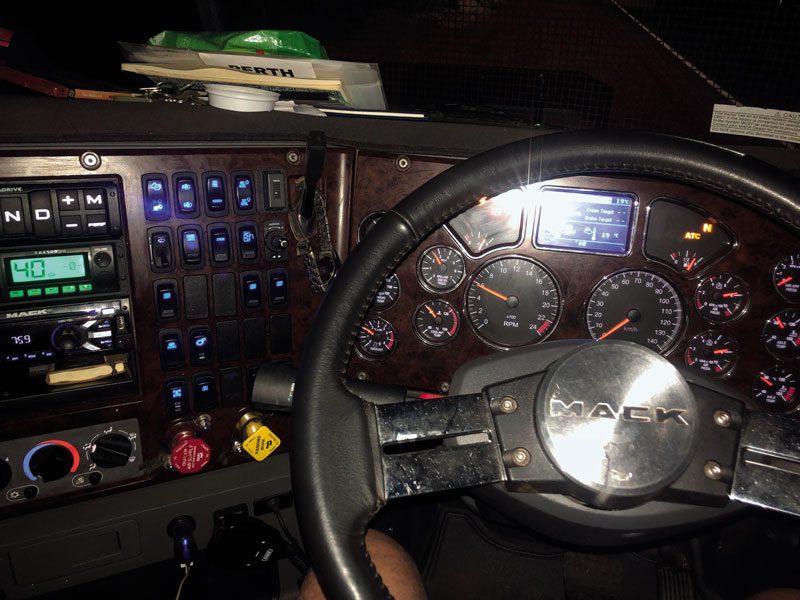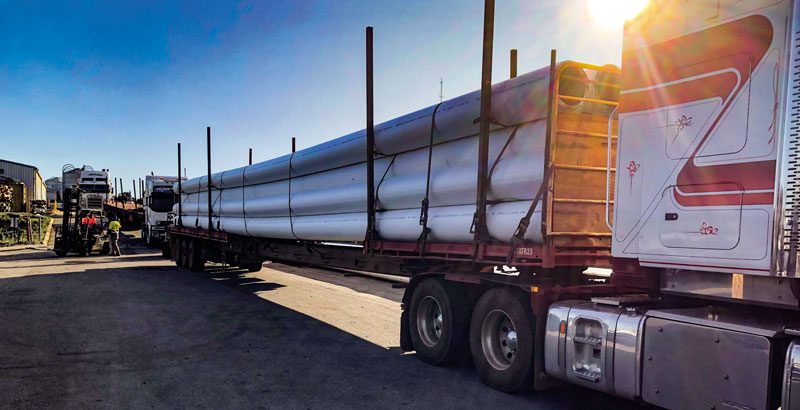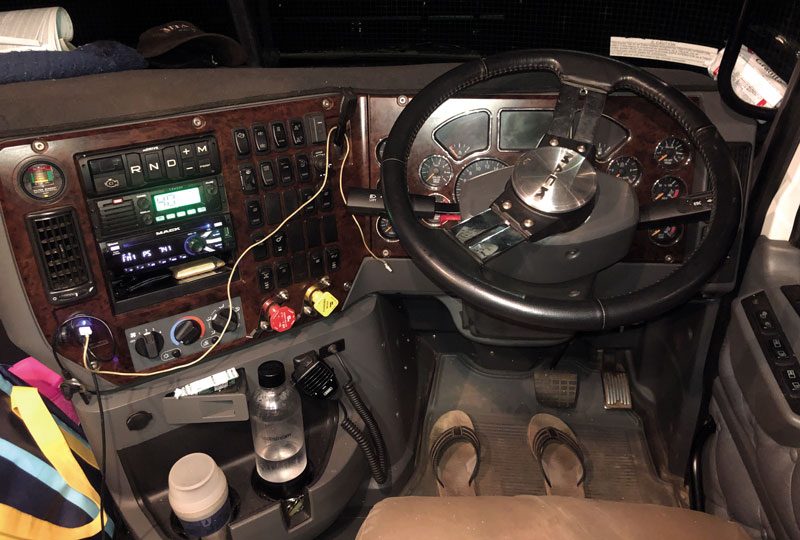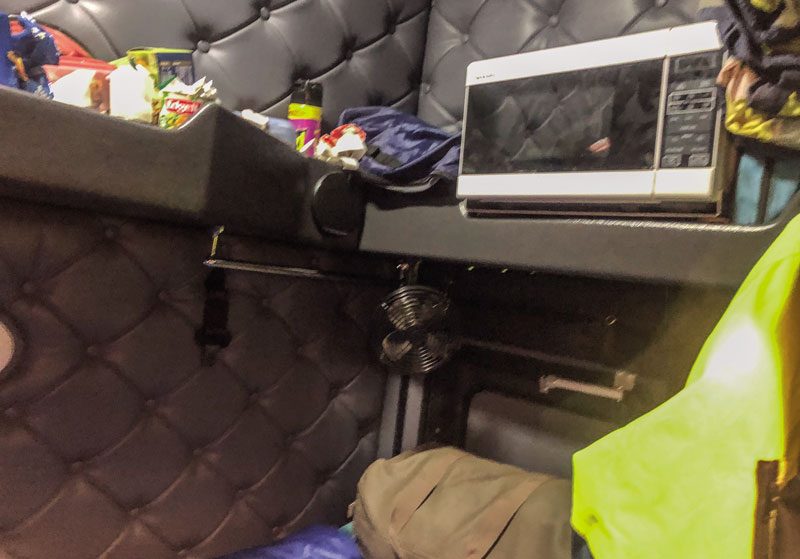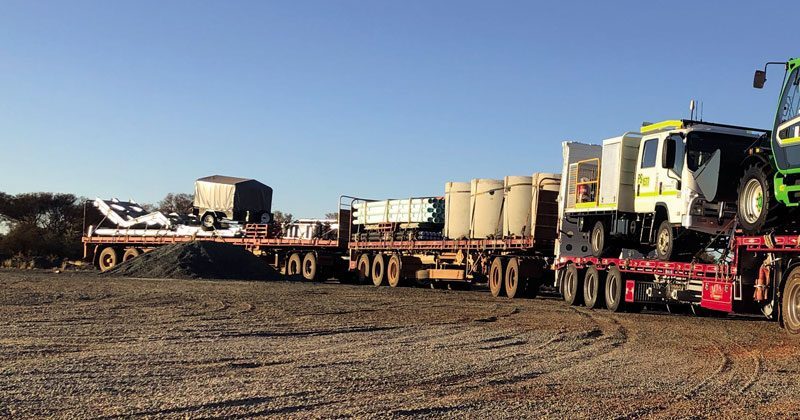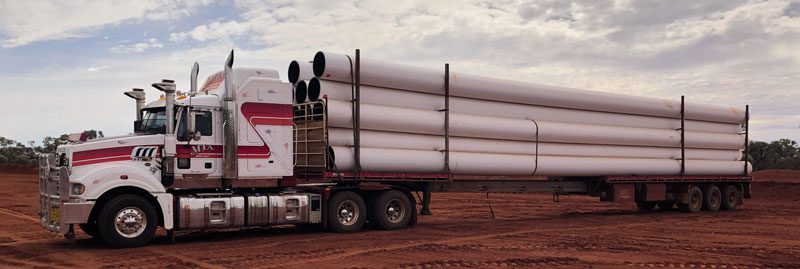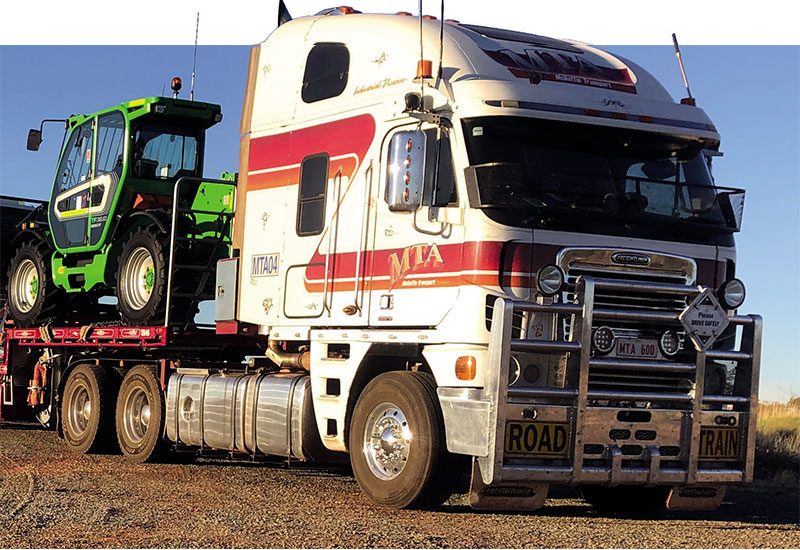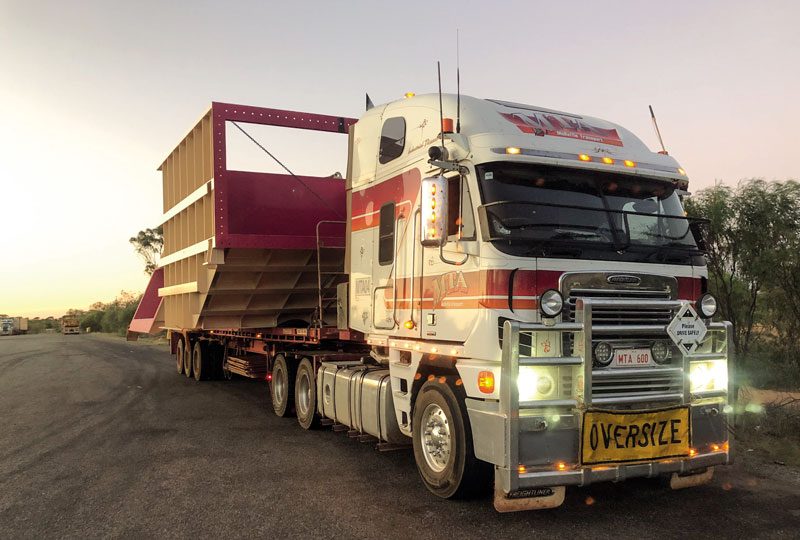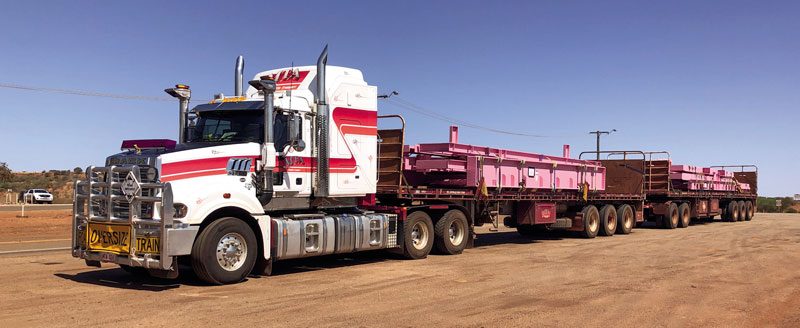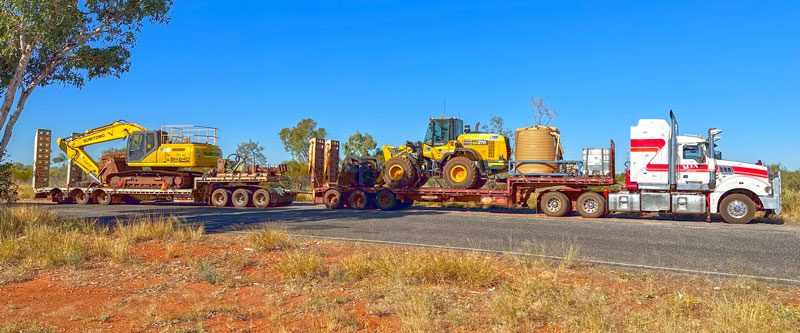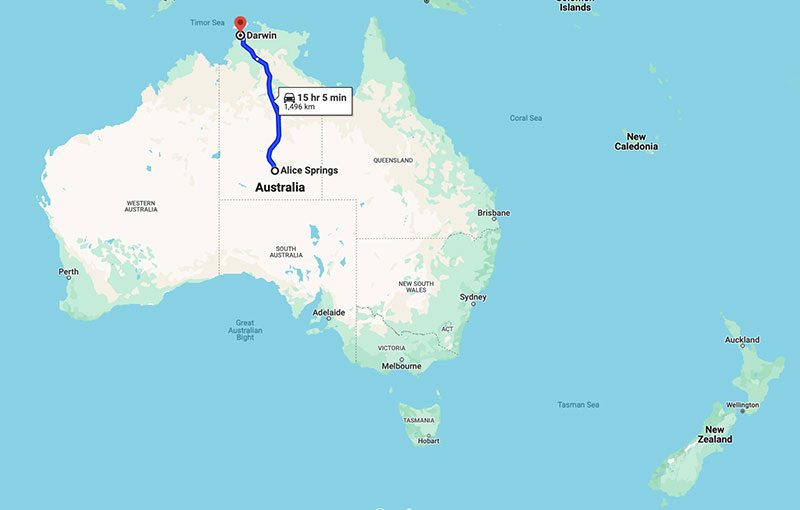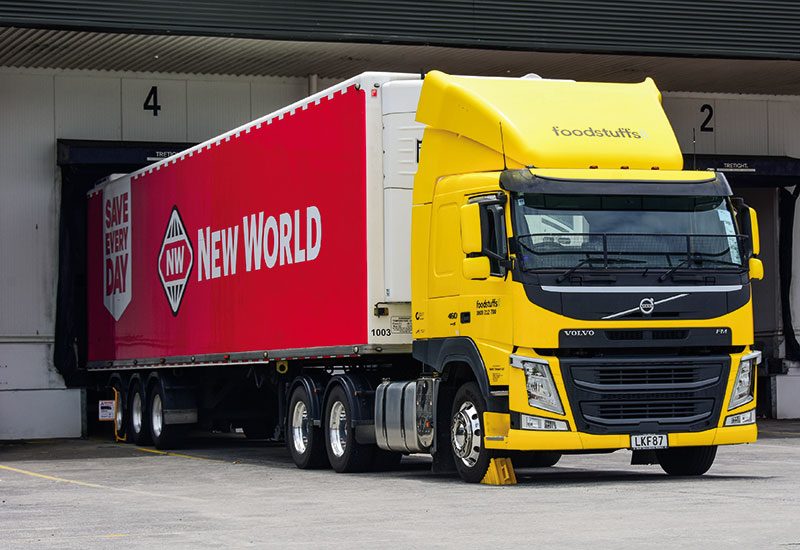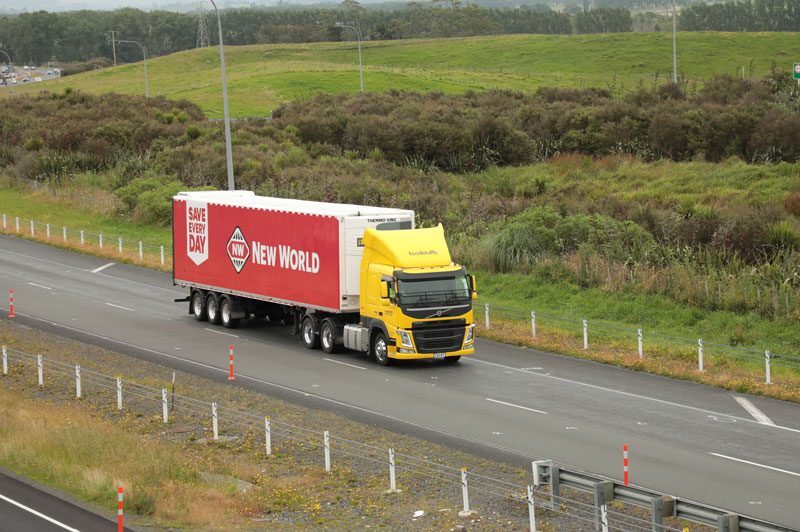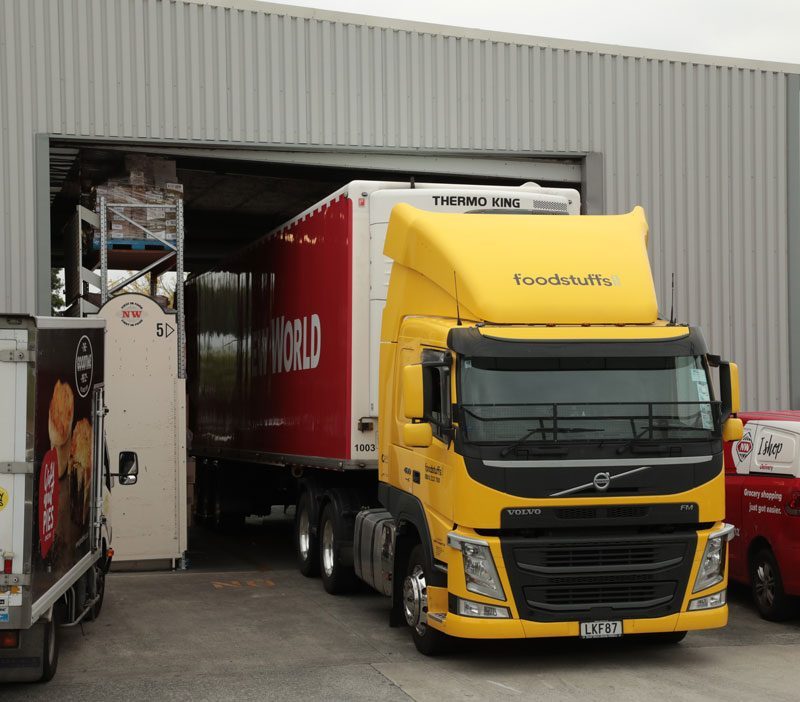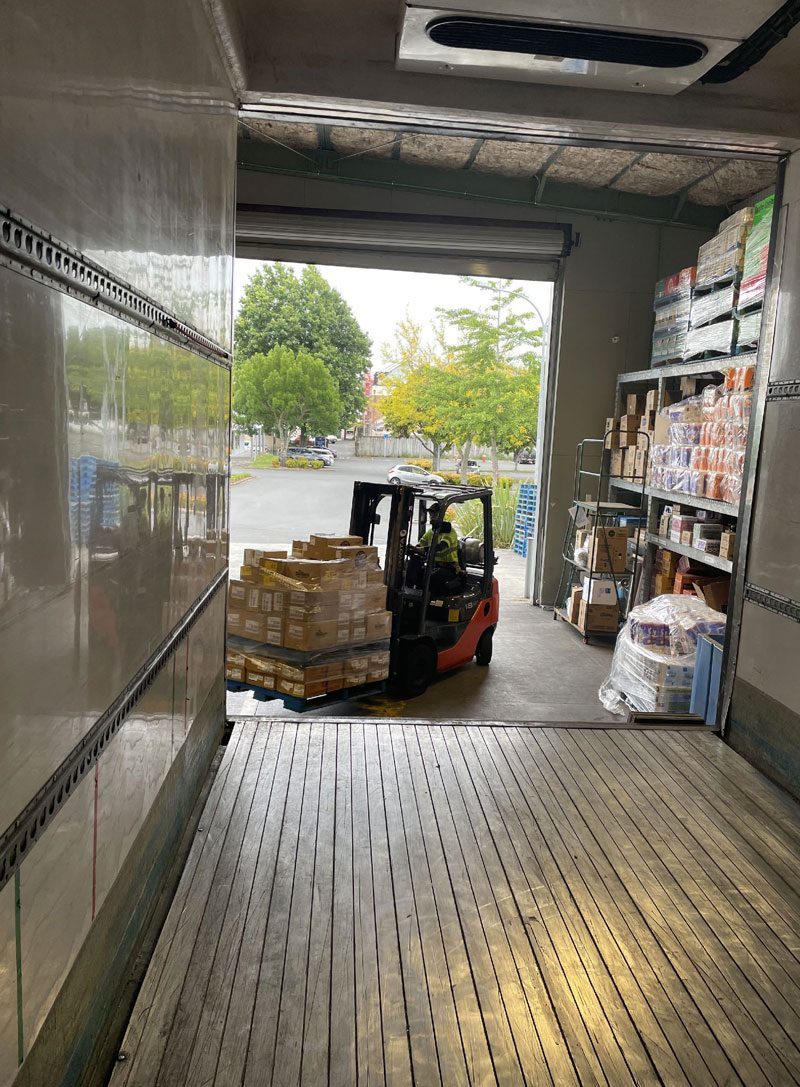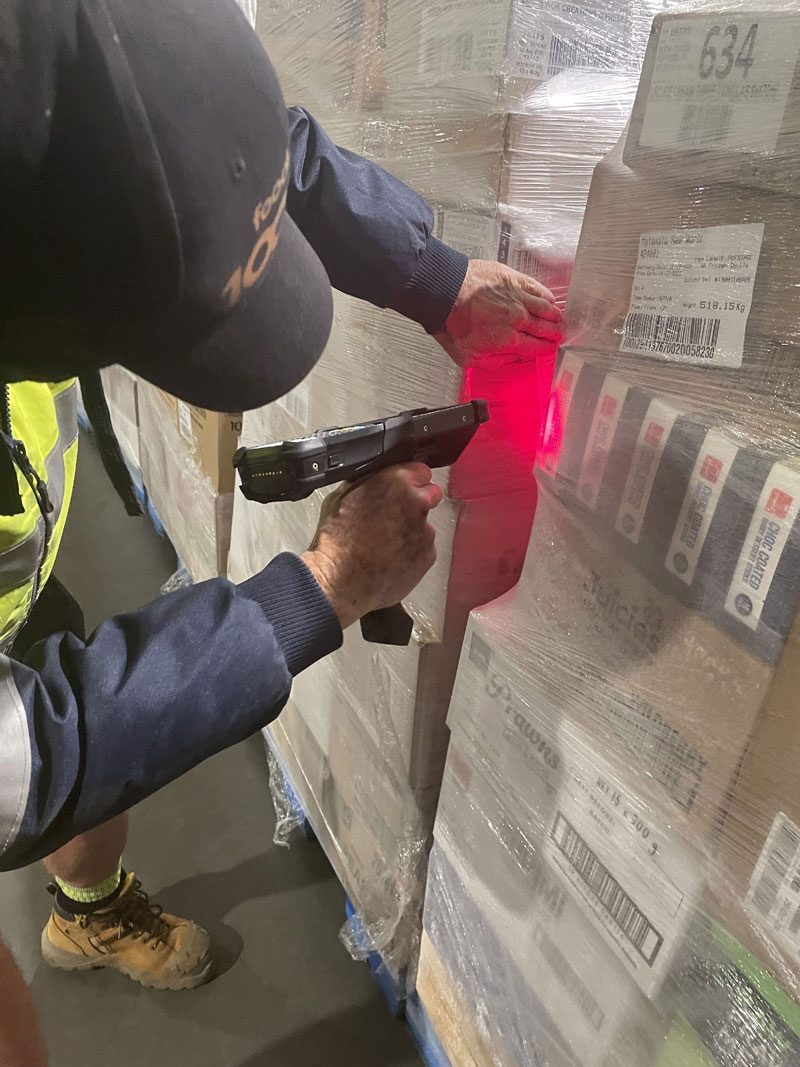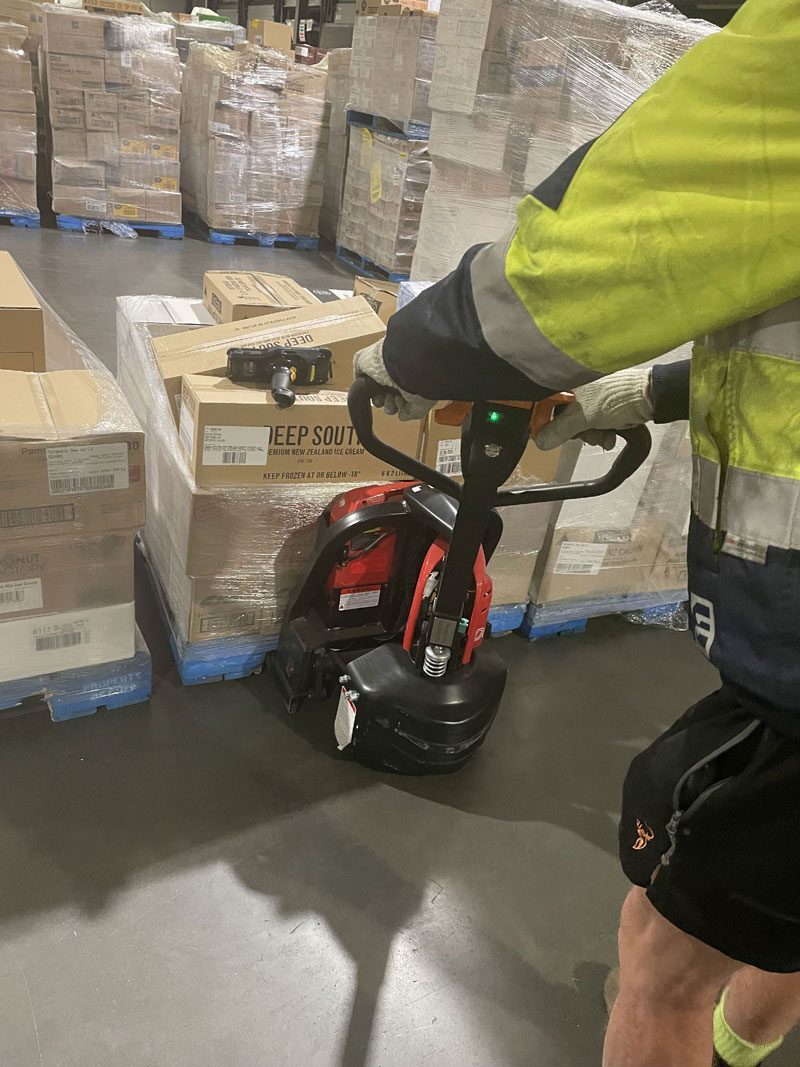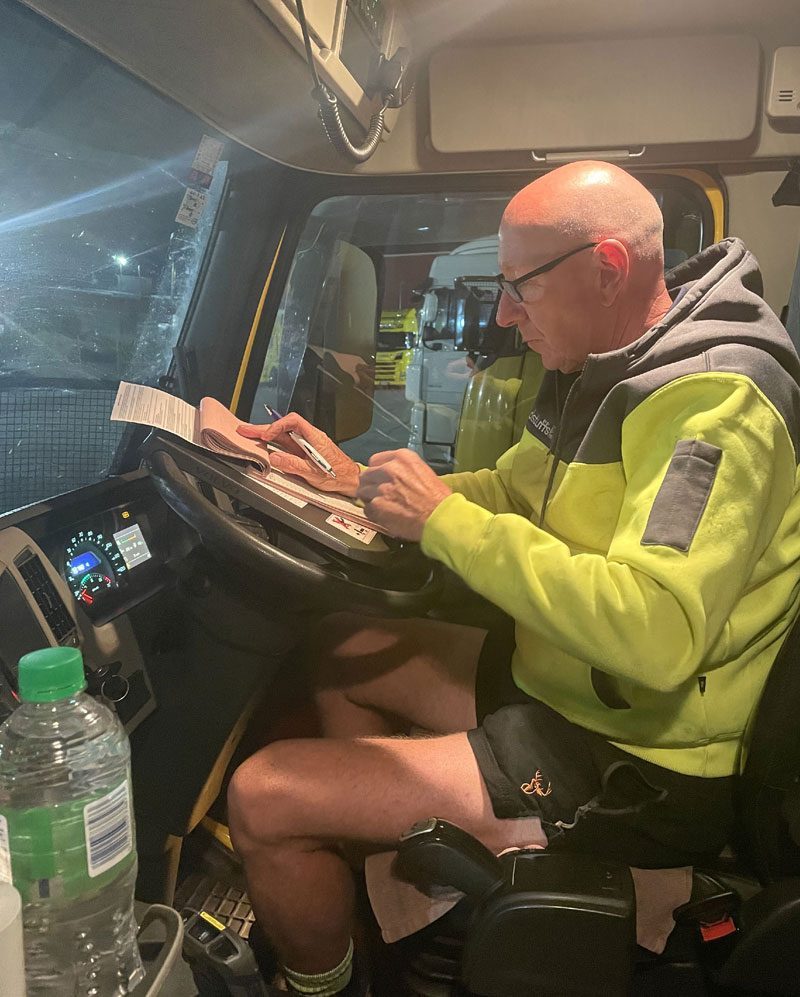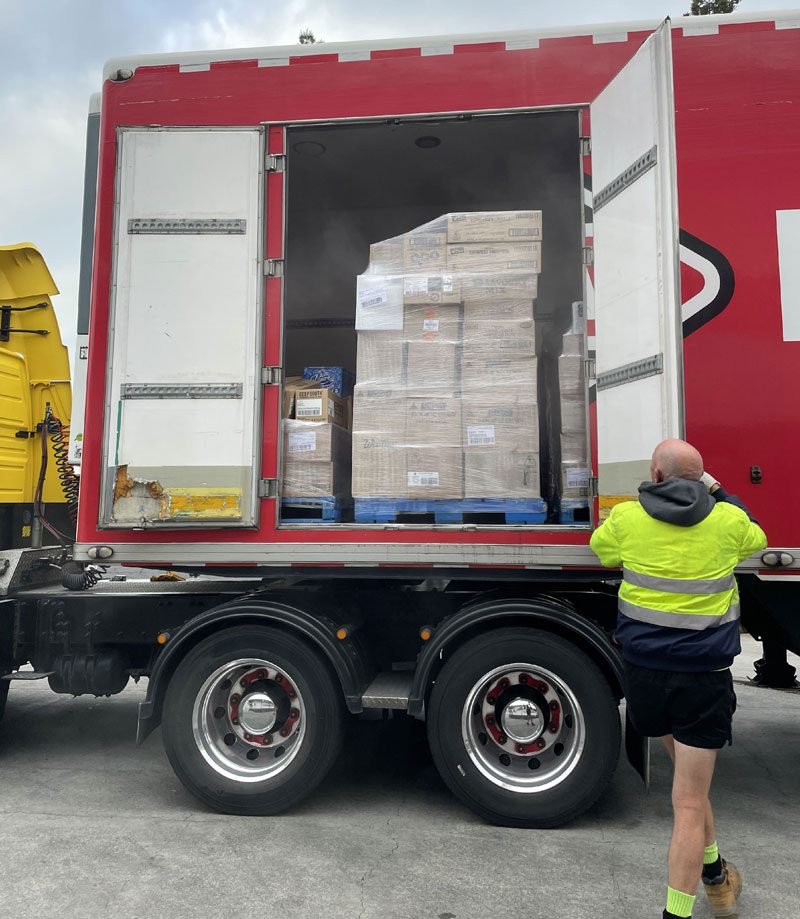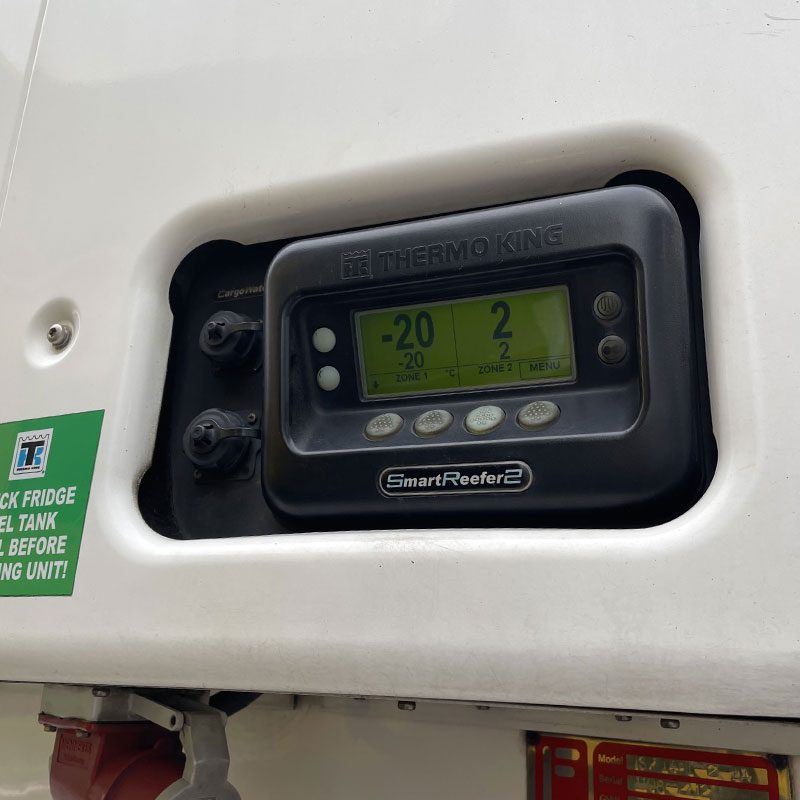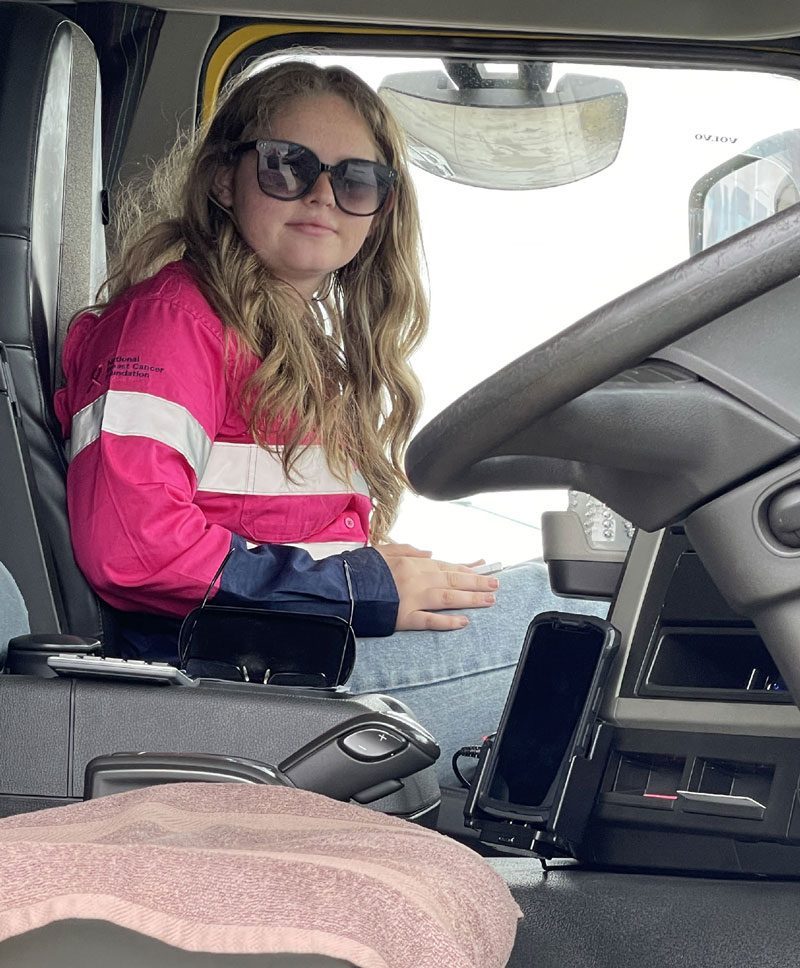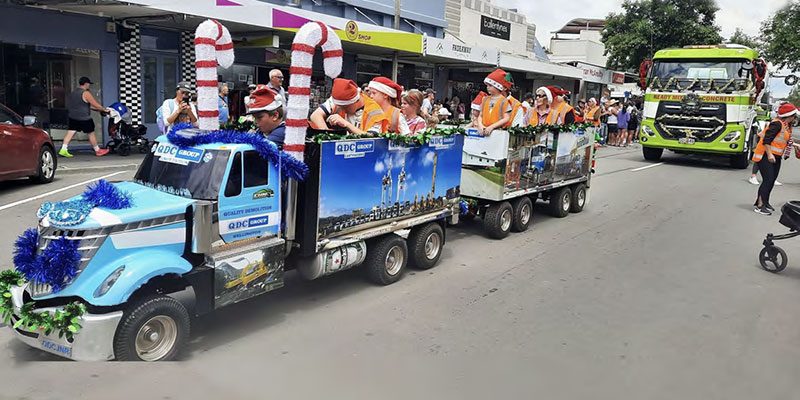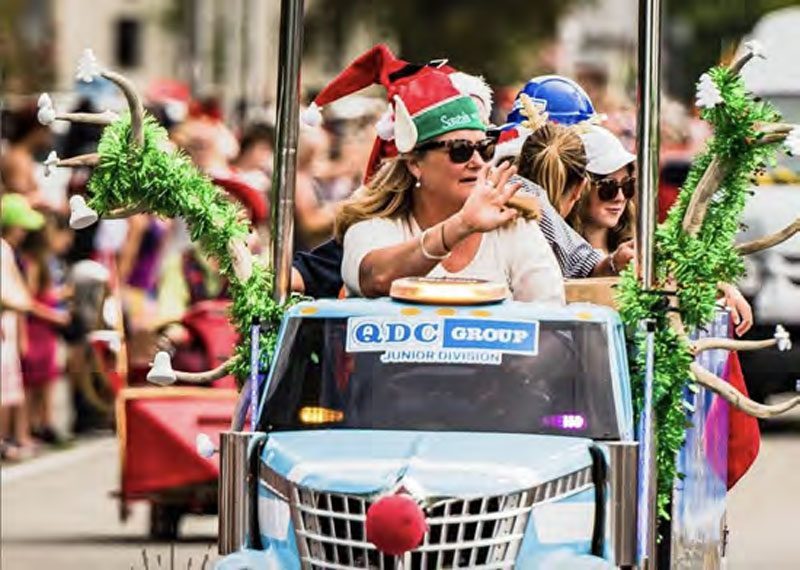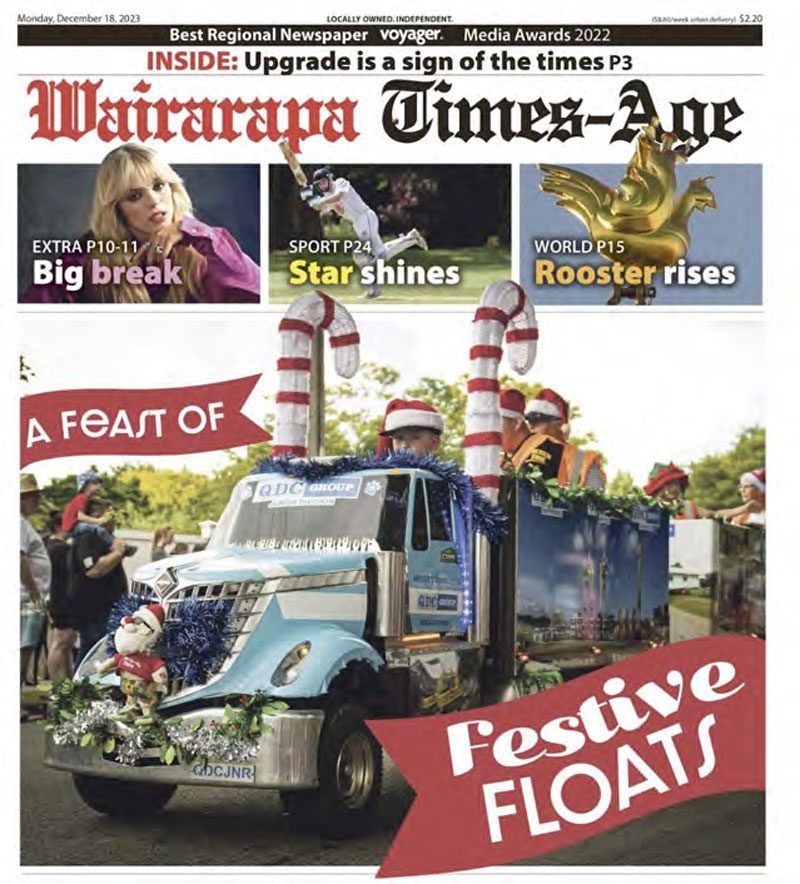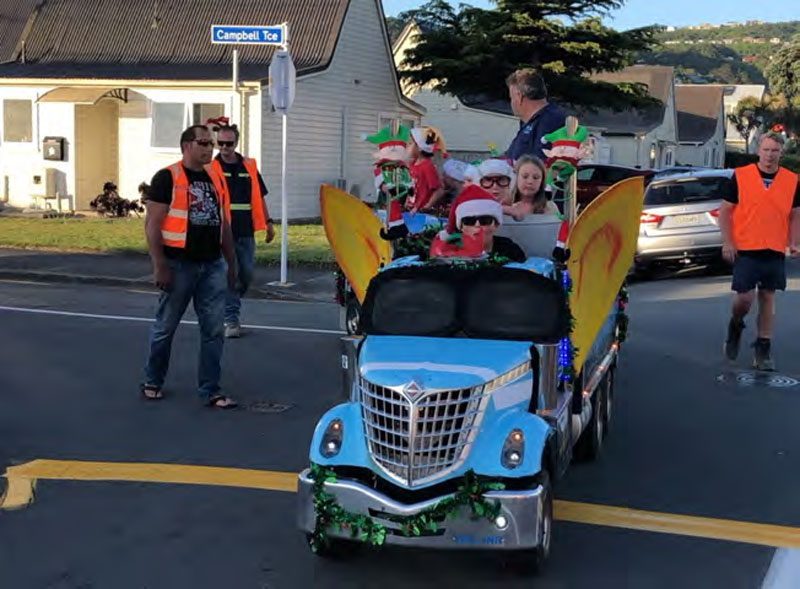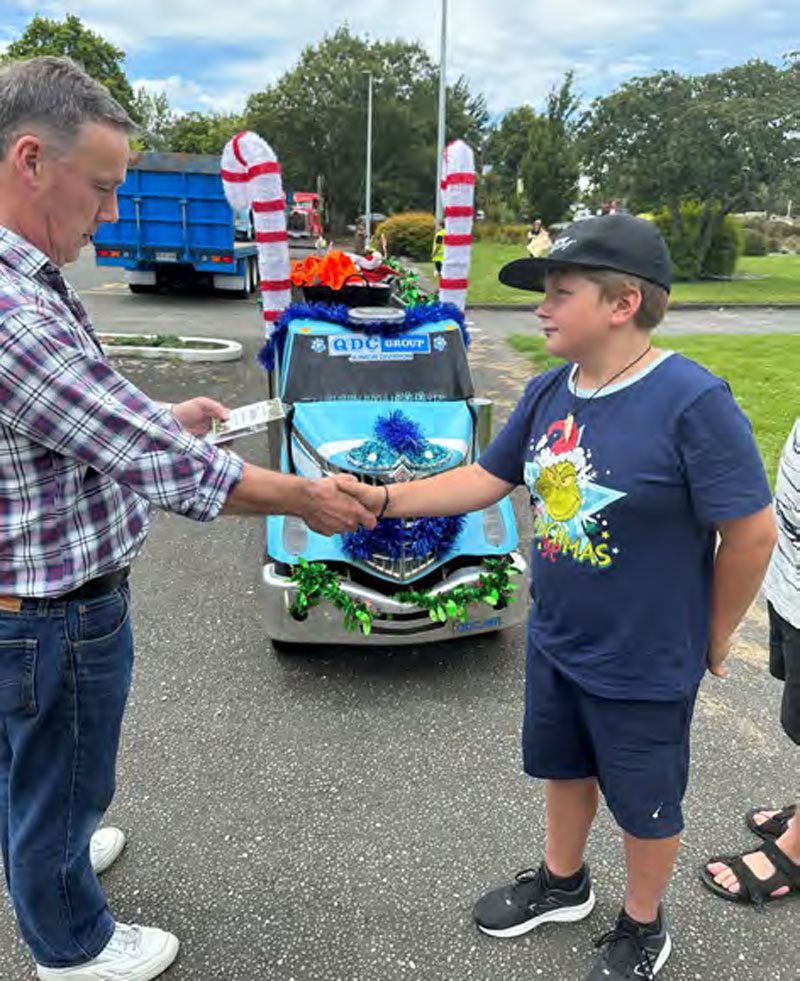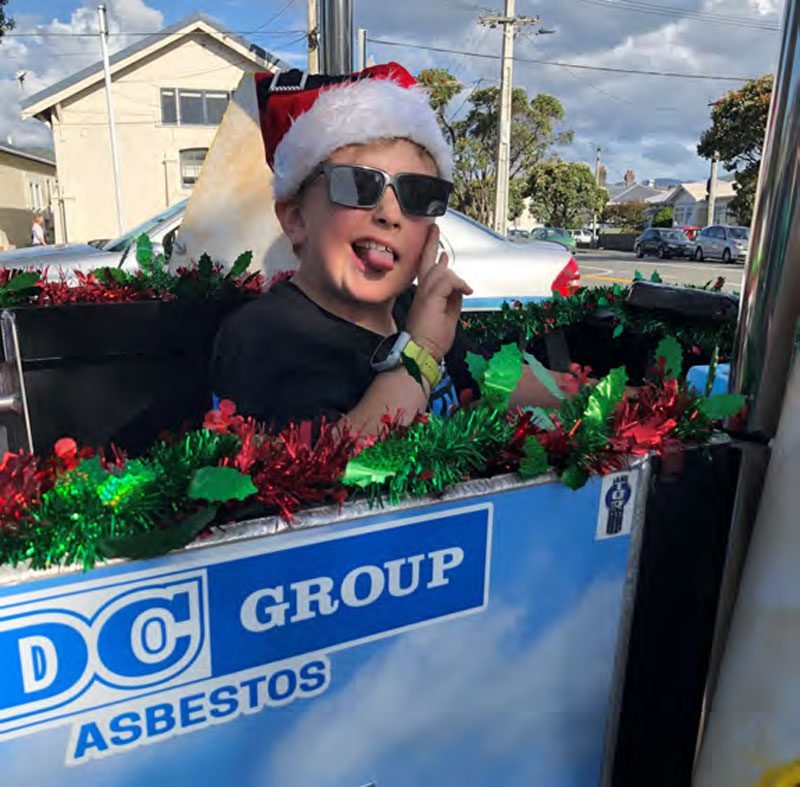Apple donuts
The donut dough takes about two minutes to mix together and then the dough is ready to be cooked. These donuts are best fried. When fried, the donuts come out very light and fluffy. If you do not wish to fry the donuts, the next best method is cooking them in the air fryer. If you don’t own an air fryer, you can try baking them. Make sure you get an adult to help you with the cooking. Makes approximately 16 donuts.
Ingredients
- 1 ¼ cup self-raising flour
- ⅔ cup applesauce
- Canola or vegetable oil for frying
- If you want to enhance the apple flavour, you can add some chopped apple pieces into the batter.
Method
- Combine flour and applesauce into a large bowl. Mix with a spoon until applesauce is completely incorporated into the flour and forms a sticky dough.
- Add a couple of centimetres worth of oil to a medium saucepan. Bring to medium heat.
- Scoop about half a tablespoon of dough and form into a ball before dropping into the hot oil.
- Fry the donuts until the bottoms are golden brown, then flip them and fry a few more minutes until the other side is also golden brown.
- Remove donuts from oil and place onto a plate lined with a paper towel to soak up excess oil and cool.
- If using an air fryer, cook the donuts for about six minutes or until cooked through.
- When donuts are cooled, coat them with your favourite topping, such as two tablespoons of sugar and half a teaspoon of cinnamon.
The big road trip Part 2
We’ve got part two of Demi’s big road trip with her granddad, Ken, who likes to take the kids out in his truck in Australia.
We left off in part one (Summer 2023) with Demi listening to her granddad on the radio, carefully coordinating with some other big trucks that needed to overtake them as they made their way from Perth.
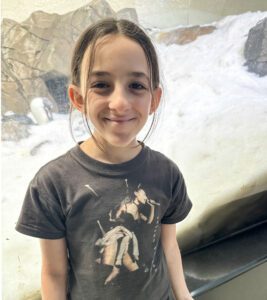 We go on up the road for about another hour before Granddad pulls into a truck bay.
We go on up the road for about another hour before Granddad pulls into a truck bay.
“What are we stopping for?” I ask.
“Time to check the load and tyres,” Granddad said.
He lifts me down off the fuel tank under the passenger side door and we walk around the truck. He has an iron bar in his hand that he bangs the tyres with. He explained to me once that he knows whether a tyre has the right pressure in it by the sound they make when he hits them with his iron bar. As well as hitting the tyres he checks all the chains and straps holding the load on. He only had to retighten one chain. The rest of the load was fine, he said.
“Right, let’s get going shall we, otherwise that front-end loader is going to pass us if we stay here any longer.”
We get going again and drive for another two hours until we get to Wubin where we pull into the road train assembly area.
“If you want to go to the loo sweetheart, you had better go here because otherwise it’s going to be behind a bush until we get to Paynes Find, which is two and a half hours away.”
“OK, thanks Granddad, I will.”
The toilet and shower block at Wubin is a unisex shower and toilet setup that Dad says is one of the better set of facilities up the Great Northern Highway, which he says is very poorly served for the number of trucks that are running up and down the highway these days.
After a half-hour break at Wubin, we get going again and as we are pulling out the big loader that we passed pulled in for a break. Granddad says that the law requires all drivers to have a half-hour break every five hours. We had been going about half an hour when I started to yawn.
“Bunk time for you, wee girl,” Granddad said. So, I undid my seat belt and climbed over the fridge and into the bunk.
“Pull those curtains across dear. They will block the light and a lot of the noise out so you might sleep better,” Granddad said.
It was three hours later that I woke up as we were approaching Mt Magnet, which is a small mining town about 550 kilometres north of Perth.
“Have a good sleep?”
“Yes, thanks Granddad, I didn’t realise how tired I was, but I went out like a light.”
“Yes, I noticed and that is good because it can be a long day in the truck when you are just sitting there with nothing to do. Do you want to get my iPad out and read or play a game on it?”
“No thanks Granddad, I’m a bit like you, I enjoy the quiet and there’s always the two-way going off about something or other.”
“Very true dear. Do you want to dive into the fridge and grab me an apple please. Get whatever you want as well, you must be getting hungry by now.”
We get through Mt Magnet and are about halfway to a little town called Cue when a southbound pilot calls.
“Two at eight metres MTA. There’s a floodway around the next bend that you will get to before they get there.”
“Thanks pilot, I’ll get tucked in, I’m 3.4m.”
“Thanks MTA.”
We get around the next bend and half a kilometre up the road is a floodway where the road gets wider and that is where Granddad pulls into, getting as far off the road as he can when the second pilot for the eight-metre loads comes around the corner followed by the traffic warden, and then about a minute later two eight-metre-wide haul pack truck chassis came around the bend. When the eight-metre loads go past there is not a lot of room on the road for anyone else.
As the rear pilot goes past, she calls up.
“Thanks MTA, have a good day.”
“You too pilot,” Granddad says as he pulls back out onto the roadway.
Thirty minutes later we pull into the roadhouse parking bay at a little town called Cue.
“Shower and food time dear, and then we will keep going until sunset, which will put us just north of Meekatharra,” Granddad says.
We have a shower and Granddad gets us each a hamburger; they are huge but very nice, and I am not hungry by the time I am finished. Granddad told me about the burgers you can get here. He says it is the only place up this road that he buys food from.
By the time we have showered and eaten we have had the 30-minute break that Granddad said he had to have, and we get going again and get to where Granddad said we would just as the sun was going down, which is a big gravel pit 10 kilometres north of the mining town of Meekatharra.
We get pulled in and Granddad gets us as far away from the road as he can so that we get as little of the road noise as possible when trucks are going past, so hopefully I can sleep better.
Granddad sleeps with earplugs in at night so the noise doesn’t worry him, but I don’t like them in my ears. I suppose you get used to them if you have to.
After checking the truck and the loads, Granddad pushes the fridge under the bunk and draws the curtains around the cab so it is nice and private, then he pulls out his folder and gets all his paperwork up to date. After reading for a little while we get my bag off the bunk and get my pillow off the top of the microwave. Granddad gets out of the truck to give me some privacy, telling me to get dressed for bed. In the truck I am just sleeping in shorts and a tee shirt, and he just sleeps in shorts. I get into the bunk with my head underneath the microwave shelf. Granddad sleeps with his head up at the other end of the bunk. He said he sleeps that way because it is the quieter end of the bunk if he has the Icepack going. The Icepack is a little air conditioning unit that keeps the truck cab and sleeper cool at night in the hot weather, but it isn’t very hot tonight so Granddad said we would just sleep with the vents open and enjoy the fresh air.
It’s 5:30 the next morning and Granddad’s alarm is going. He gets up and puts his shirt on. “I’m going to check everything sweetheart, so get dressed and we will get going as soon as the sun pokes its nose over the horizon.” Ten minutes later he’s back, starting the truck and folding the curtains away.
“Did you sleep well?” he asks.
“Yes, thanks Granddad. I only woke up a couple of times when other trucks went past and once when you stuck your foot in my face, but otherwise I slept well!”
We got going as the sun was just coming over the horizon. It took us three hours to get to a roadhouse at a place called Kumarina, which is 170 kilometres south of Mt Newman and is where we are going to. We stop at the roadhouse, and I use the loo while Granddad checks the load and tyres and then we get going again. A bit over two hours later Granddad is on the phone talking to the manager in Newman and he said we have a quick turnaround. There are two trailers at the hook-up, which is the road train assembly area. All we have to do is unhook the two trailers that we have brought up and put a dolly under one of the ones we are taking home. The lead trailer then gets backed onto the dolly that we put under the front of the other one, which becomes the dog trailer.
“What’s on the trailers we are taking home, Granddad?” I ask.
“Just a couple of 2.7m wide huts Demi, nice easy freight and they are only 2.7m so we can run in the dark with those. We will be back in Perth by mid- afternoon tomorrow.”
By the time we had dropped the two trailers that we brought, fuelled up, gone around to the Newman yard for a shower, hooked up to our southbound trailers and put the flags and banners on again it was half past four in the afternoon.
“That’s pretty good, dear. We will get to Meekatharra again tonight, which will get us in to Perth about three tomorrow afternoon and home for tea.”
“Why are we allowed to travel in the dark with this oversized load Granddad, when we weren’t allowed to coming up?” I ask.
“That’s because the load coming up was 3.4m wide and the one going home is 2.7m. Up to 2.7m you can run in the dark, but anything wider than that must be daylight hours only.”
We get going and stop at Kumarina, where Granddad gets me a small bag of hot chips. He didn’t want any. It is almost boring what he eats when he is out on the road. Almost no fried food at all and no lollies or biscuits; he eats a lot of fruit and nuts as well as raw vegetables, but as he says, he is in pretty good shape.
It’s just on 9:30pm when we get to the gravel pit at Meekatharra at the end of a 15-hour day. I am very tired, but Granddad seems fine. As he said, “I am used to it dear, you aren’t”.
Granddad gets the truck parked, pushes the fridge under the bunk and draws the curtains and goes for a walk around the truck while I get into my shorts and tee shirt for bed. I lay down on the bunk and that is the last thing I remember until I woke up the next morning.
Little and large mates for life
Welcome to a new section in Little Trucker Down Under – Dave’s Diary.
I’m Dave McCoid, and I work at New Zealand Trucking Media with your wonderful editor Shannon Williams. I’ve been around trucks most of my life and she has asked me to write a small piece on pretty much anything I like to do with trucking. It might be a fun fact, a cool truck I’ve seen… anything. Let’s start with comparing the size of our countries so we all know what we are dealing with when we talk trucking.
Australia and New Zealand – mates for life. We teach the world how to get on with your neighbour.
One of our biggest differences though is our size. Australia is really big, and New Zealand moderately small. Australia is 7,692,024 square corners, and towns along the way!
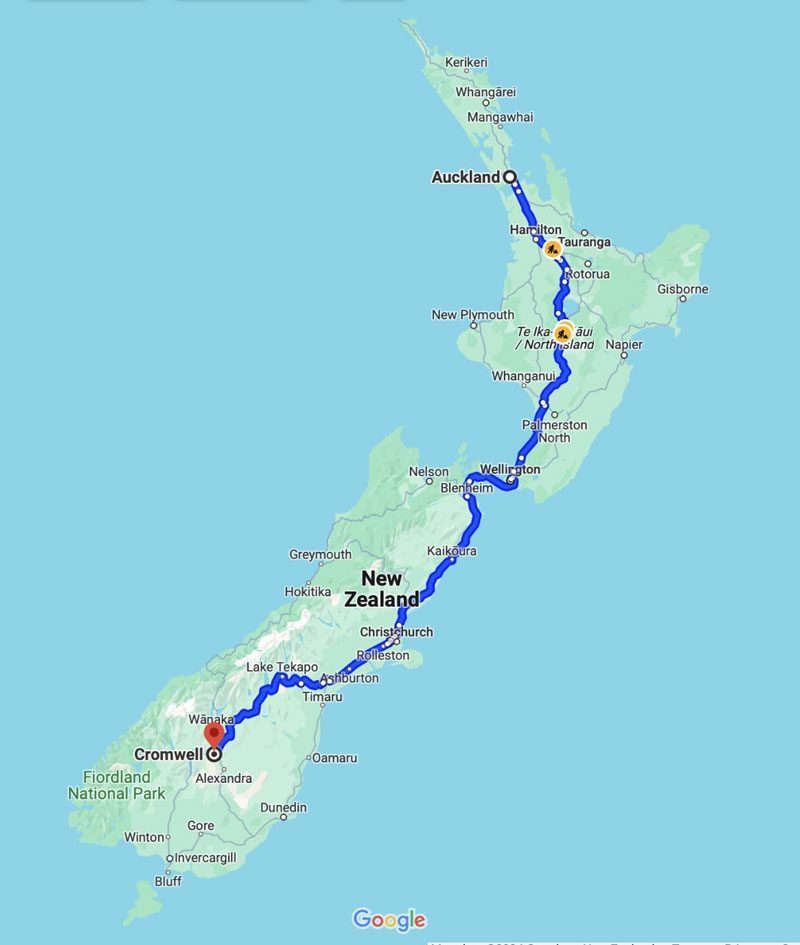
Here’s another interesting fact. Even though Australia has 27,010,500 people and we only have 5,200,000 people, if we spread everyone in both countries evenly across the land, there would only be 3.5 people standing in each square kilometre of Australia, and 5.3 on each square kilometre of New Zealand. That is not how it works out in real life of course. Because of the vast desert regions in the middle of Australia, most people live closer to the coast, but it does give you another example of just how huge Australia is. It is gigantic!
Now, what shall I talk about next time?
Feed the people
It was an early start for me these summer holidays as I headed out one morning on a trucking adventure to find out about the essential job of delivering groceries.
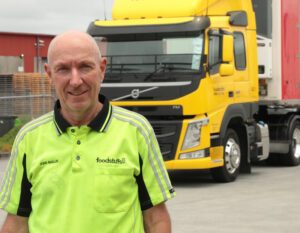 It was well before dawn recently when my alarm went off to wake me up for my next transport adventure. On a trip to the North Island during the summer holidays, John Baillie, an owner-operator for Foodstuffs North Island Limited, invited me to experience a day in his life behind the wheel.
It was well before dawn recently when my alarm went off to wake me up for my next transport adventure. On a trip to the North Island during the summer holidays, John Baillie, an owner-operator for Foodstuffs North Island Limited, invited me to experience a day in his life behind the wheel.
John operates a Volvo FM 460 tractor unit and it tows a 14.1-metre Fairfax refrigerated trailer fitted with a Thermo King refrigerator unit. The trailer can hold 24 standard pallets on the deck, and in some circumstances, the pallets can be doubled up (stacked on top of each other), which allows more to fit. A rear steering axle is fitted to the trailer that helps it manoeuvre through the tight turns often encountered in supermarket car parks.
John is responsible for delivering chilled and frozen food to supermarkets in the Waikato region. We arrived at the Foodstuffs distribution centre in Manukau City at 2am. This is where the truck is based, and where we would be loading our first batch of chilled and frozen food products for the day.
Upon entering the loadout area at the distribution centre the lower temperature inside was very noticeable, with it being consistently kept at +2 degrees Celsius; this is how frozen and refrigerated products are kept fresh before they arrive at supermarkets.
The first part of the load consisted of frozen dairy products and seafood items such as prawns, along with chilled products that needed to be refrigerated such as milk, sour cream and custard.
John scanned each pallet to ensure they were destined for the right place, before using an electric pallet trolley to load these goods onto the trailer, which made the loading process quick.
We collected our paperwork from the office and left the chilly building before climbing into the nice warm cab of the Volvo, to first complete the quintessential truck driver task of completing the paperwork.
Leaving Manukau, we headed for a second Foodstuffs distribution centre in Māngere. This time we were set to pick up fresh fruit and vegetables.
While we drove, John updated me on where we would be delivering the groceries to today: New World supermarkets in both Matamata and Cambridge.
As John loaded the fruit, he made sure to arrange the food products in the order of what would be removed first, while also factoring in the frozen aspect.
Working at lightning speed, John made the puzzle of arranging the load in the correct order easy.
On the way to Matamata, John told me about why the grocery runs are completed so early in the morning; it’s mainly due to the traffic that ensues throughout the North Island motorways each day and slows everything down, but it is also about getting the groceries into the supermarkets ready for the shops to open.
When we arrived at the Matamata New World, John cracked open the front doors of the trailer body to get into the front frozen section. Crisp air that had been keeping the frozen section of the trailer at -20 degrees Celsius blew out of the trailer.
The pallets of food were unloaded via forklift and then placed inside the warehouse area of the supermarket. After finishing unloading at Matamata we were back on the road, destined for our last delivery at New World in Cambridge. When we arrived, the same unloading process of last time began, but this time I jumped up in the trailer body with John and helped him move the pallets forward by using the pallet trolley, (this was harder than it looked and I gained a new understanding of the skills required for delivery people everywhere).
I enjoyed my time with John and appreciate even further how vital these refrigerated units are to our city and town infrastructure, and that they are essential to feeding our nation. Next time you go to the supermarket, spare a thought for the men and women working around the clock to keep the food on the shelves that feeds you.


